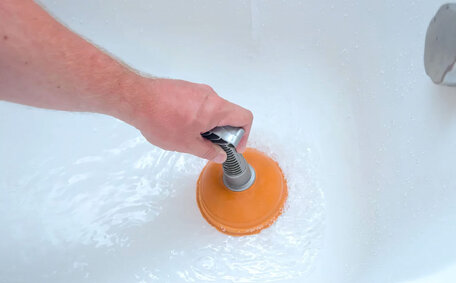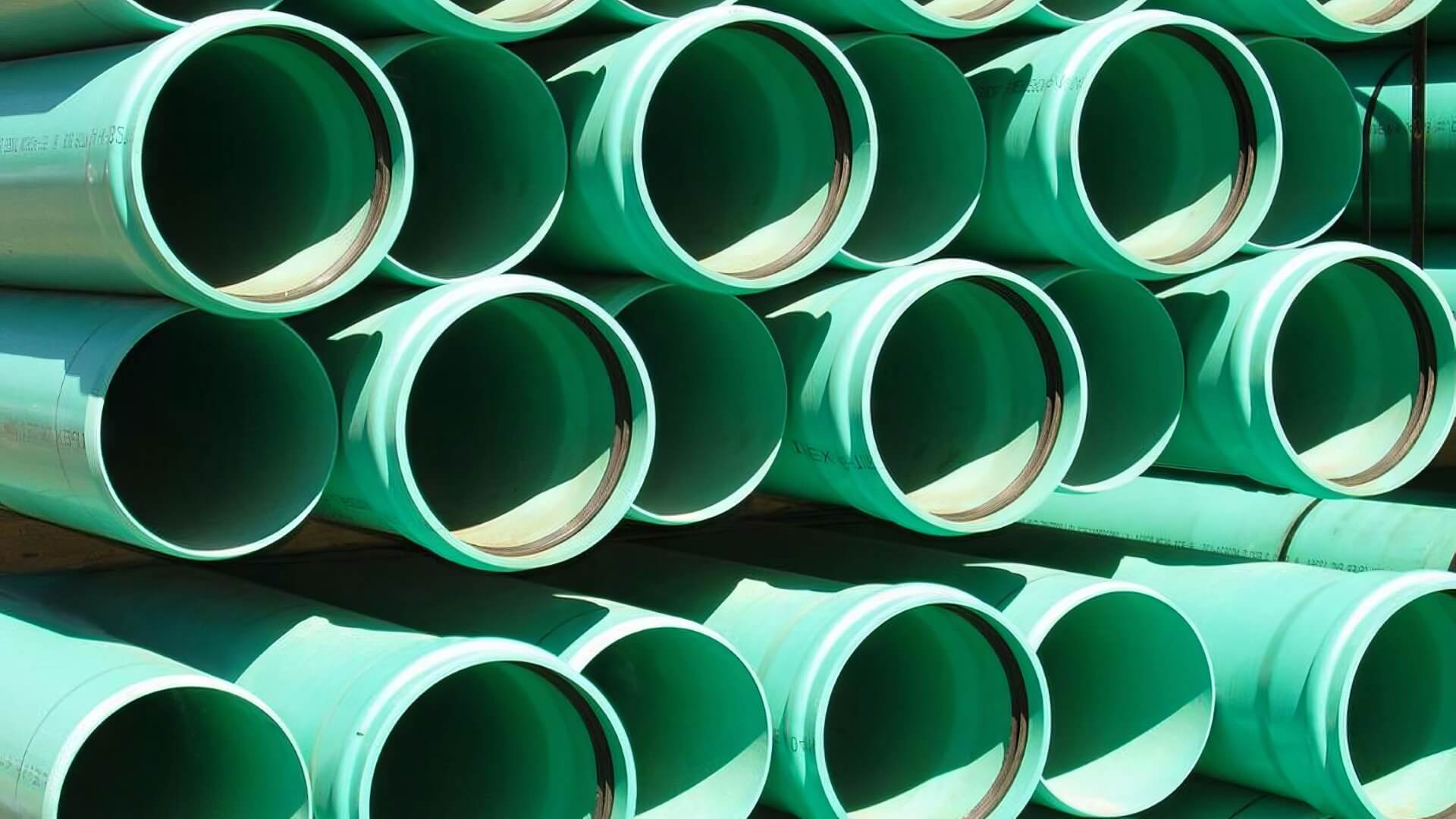The Benefits of Insulating Your Hot Water System
Proper insulation is crucial for optimising the efficiency and performance of any hot water system.
Insulating your hot water tank and pipes sustains water temperature by preventing valuable heat loss, saving you money on energy bills in the process. Reports show that insulating hot water pipes can reduce heat loss by up to 70% - that’s a significant saving in both electricity and water over time.
By wrapping or coating your hot water system components in insulating materials, the warmth is locked in for longer rather than quickly dissipating into the air.
This means the water stays hotter for longer periods, helping to save energy by reducing the need for your system to reheat water constantly. Insulation also protects components from temperature fluctuations that can lead to damage and leakage over time.
When it comes to materials, common insulation options include fibreglass, rigid foam boards, and pipe wrap insulation designed specifically for plumbing applications. DIY kits are available, but for best results it’s advisable to hire a professional plumber to ensure perfect insulation coverage tailored to your system.
Proper installation is key - any gaps can allow heat to escape or cold air to seep in and compromise efficiency.
The return on investment makes insulation well worth the initial expense, as it helps to save energy and reduce costs.
Lower energy bills give you an ongoing financial incentive, plus you benefit from your water being hot and available whenever you need it. For optimal efficiency and savings, it’s advisable to insulate your hot water system as a whole - both the tank and all connecting pipes.
Preventing Heat Loss in Hot Water Tanks and Pipes
When insulating your hot water system, it’s crucial to use the right materials to maximise efficiency. Fibreglass, foam, or purpose-built pipe insulation are common choices due to their thermal properties and durability.
For tanks, a fibre blanket or foam insulation wrap fitted snugly around the exterior is ideal. Take care not to leave any gaps where air pockets could form and allow heat transfer. For pipes, use tube-shaped pipe insulation sleeves, securing them properly so they don’t slip and expose sections of pipework.
Another key step is insulating valve handles, pressure relief valves, and other protruding fixtures. Foam insulation sheets can be cut to size and wrapped around these accessories. Proper insulation prevents wasted energy through heat radiating into the air from metallic components.
In cold climates, pipe insulation takes on added importance for avoiding freezing and burst pipes. The insulation provides a protective barrier keeping warmth in and cold out. Maintaining hot water temperature is also easier with properly insulated plumbing, which contributes to save energy in your home.
The result is an efficiently insulated system that locks in heat for water heating purposes only. This saves electricity otherwise wasted on re-heating cooled water or even replacing damaged pipes. For optimal savings and performance, which contribute to save energy, hire a professional plumber to install or improve insulation throughout your hot water system.
Recommended Insulation Materials
When selecting insulation materials for your hot water system, the optimal choice depends on several factors:
Pipe Insulation
For hot water pipes, flexible plastic or rubber foam pipe insulation is recommended. Options include:
- Polyethylene foam - Flexible, durable and moisture-resistant. Best for straight pipe runs.
- Elastomeric foam - Made of synthetic rubber offering high flexibility. Ideal for fitting around bends and elbow joints.
- Nitrile rubber - Extremely durable with added protective exterior layer. Limits potential damage during installation.
Water Heater Tank Insulation
For insulating external water heater tanks, recommended materials include:
- Glasswool batts - Non-combustible fibre insulation offering acoustic dampening.
- Extruded polystyrene - Rigid foam boards securing tightly around curved surfaces.
- Flexible elastomeric sheets - Conform closely to intricate shapes and protruding valves/fixtures.
When selecting insulation, consider climate conditions, expected weather exposure, and required acoustic or fire safety properties per Australian standards for residential buildings.
A professional plumber can advise on the optimal insulation strategy for your specific hot water system and home to maximise energy savings.
Step-by-Step Guide to Insulating Pipes
Insulating your hot water pipes is a straightforward DIY project that can enhance your system’s energy efficiency. Follow these key steps:
1. Prepare the pipes
Start by cleaning pipe surfaces so insulation adheres properly. Check for leaks or damage needing repair beforehand.
2. Select insulation material
Choose a flexible foam pipe insulation like polyethylene, elastomeric or nitrile rubber. Ensure insulation meets Australian standards for flammability ratings.
3. Measure and cut insulation
Measure each pipe section requiring insulation. Cut tubes of insulation slightly longer than needed allowing for overlap at joints.
4. Install insulation
Slide insulation tubes over pipework, joining separate tubes using adhesive tape sealed along the slit. Take care not to leave gaps.
5. Secure end caps
Place end caps over exposed pipe ends, inserting compressed insulation inside caps for a snug fit.
Following these steps helps optimise heat retention within pipes, saving electricity otherwise wasted warming cooled water. For total system coverage, also insulate fixtures like valves and the hot water tank itself. Protecting your plumbing preserves your water temperature for energy savings and convenience whenever you need it.
Optimizing Hot Water System Efficiency
Insulating your hot water system is the first critical step for optimising efficiency, but employing other strategies can further save energy and enhance performance.
Compare Energy Use
Studies show an uninsulated electric storage hot water system can waste up to 25% of the energy used to heat water. That wasted energy quickly adds up, driving higher electricity bills over time.
In contrast, a properly insulated system with protected pipes and accessories prevents valuable heat dissipating into the air. This allows the system to operate at peak efficiency using less power to deliver your water heating needs efficiently.
Maintenance Checks
Alongside adding insulation, routinely checking other components helps sustain efficiency. Examine heating elements, anode rods and valve fixtures for wear or corrosion issues needing repair or replacement.
Timer and Temperature Settings
Optimise settings to heat water only during off-peak periods and avoid overheating beyond usage temperature needs. Lower thermostat set points save power when possible.
Programmable timers let you customise operating hours for convenience and savings. Limiting operation overnight and when not home regulates energy use.
Pipe Layout Optimisation
Straight pipe runs are preferable for conserving heat energy, which in turn helps to save energy throughout your home. Excessive elbow joints or coiled loops waste heat as water flows. Reconfiguring pipes to minimise direction changes enhances efficiency.
Likewise, ensuring optimum pipe diameter size and avoiding overlong runs supports better performance. Consult a professional plumber to evaluate piping layout.
Upgrade Old Water Heaters
Modern energy-efficient models significantly outperform older tanks lacking adequate insulation or relying on metal heating coils. Consider upgrading outdated water heaters for optimised savings.
Combining insulation strategies with these other efficiency-boosting steps delivers an optimally high-performing hot water system. The result is reliable operation and hot water conveniently on tap while saving energy and money over the long term.
Hiring a Professional vs. DIY Insulation
When it comes to insulating your hot water system, you essentially have two options - hiring a professional plumbing service or attempting DIY insulation. Both routes have their own pros and cons to weigh up.
DIY Insulation
Doing it yourself can save on labour costs, with insulation kits readily available from hardware stores. However, lack of expertise poses some key downsides:
- Improper installation leaving gaps, affecting efficiency
- Potential to damage components like pipes or wiring
- No quality assurance or accountability if problems arise
- Ongoing maintenance and repairs are your own responsibility
Professional Installation
While pricier upfront, pro installation brings added value through:
- Expertise ensuring optimal coverage and efficiency
- Quality products and workmanship
- Compliance with regulations and safety standards
- Advice on the best insulation solutions for your system
- Ongoing maintenance help available if needed
At Eastwood Plumbing, our licenced technicians have extensive experience tailoring insulation for all system types and configurations. We use top-grade insulating materials proven to prevent heat loss and enhance energy efficiency.
Our personalised approach delivers insulation engineered specifically around your home’s hot water setup. Precise fittings and seamless coverage translate to reliable performance, lower energy bills and added peace of mind.
For a free quote on professionally insulating your hot water system, email us or call 1300 349 338 to book an appointment with one of our experts. Upgrade to an efficiently insulated system and start saving both energy and money.






